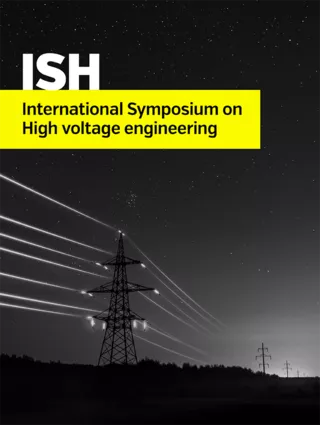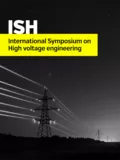Summary
This article presents the analysis carried out during the pollution level measurement in the northern parts of Indian power system. The towers carrying 220 kV and 400 kV transmission lines functioned as the testing stations for the pollution level measurement. The testing stations are chosen based on the history of the pollution tripping’s reported on existing the transmission towers. Four different sources of pollution sources namely Bird habitat, Brick Kiln, Oil refinery and Industrial areas are considered for the present study. The pollution level measurement was carried out in the dummy insulator string mounted on the transmission towers. The dummy insulator strings are mounted in the suspension mode in all the considered transmission towers. The height of the dummy insulator string remains as a constant one regardless of the source of pollution or the system voltage of the towers. The periodic variation of Equivalent Salt Deposit Density (ESDD) level on the specimen insulator string with reference to time and distance from the source of pollution is examined and addressed. A comparative analysis has been presented on the change in the value of pollution severity level on different testing stations for a particular pollution source. The interrelationship existing between top-to-bottom (T/B) ratio of the specimen insulator and Equivalent Salt Deposit Density level on the insulator surface is identified and presented. Based on the observations made on the this present study, a new methodology for the selection and replacement of insulator strings with reference to distance from the source of pollution is presented and the cost-benefit analysis of the same is demonstrated.
Additional informations
| Publication type | ISH Collection |
|---|---|
| Reference | ISH2017_594 |
| Publication year | |
| Publisher | ISH |
| File size | 2 MB |
| Pages number | 8 |
| Price for non member | Free |
| Price for member | Free |
Authors
N. VASUDEV, M. KRISHNA KUMAR, B.N. DE BHOWMICK, B.R SUNKARA ROA
Keywords
Pollution measurement, ESDD, Bird Habitat, Industrial Pollution, Selection of Insulator.


